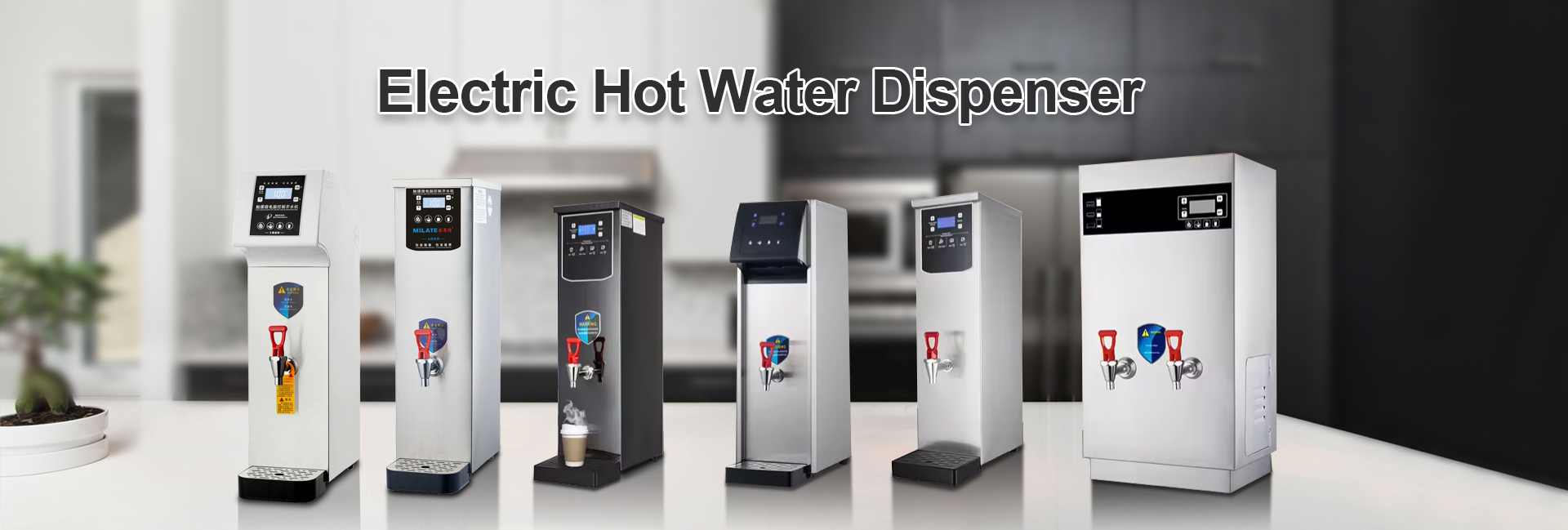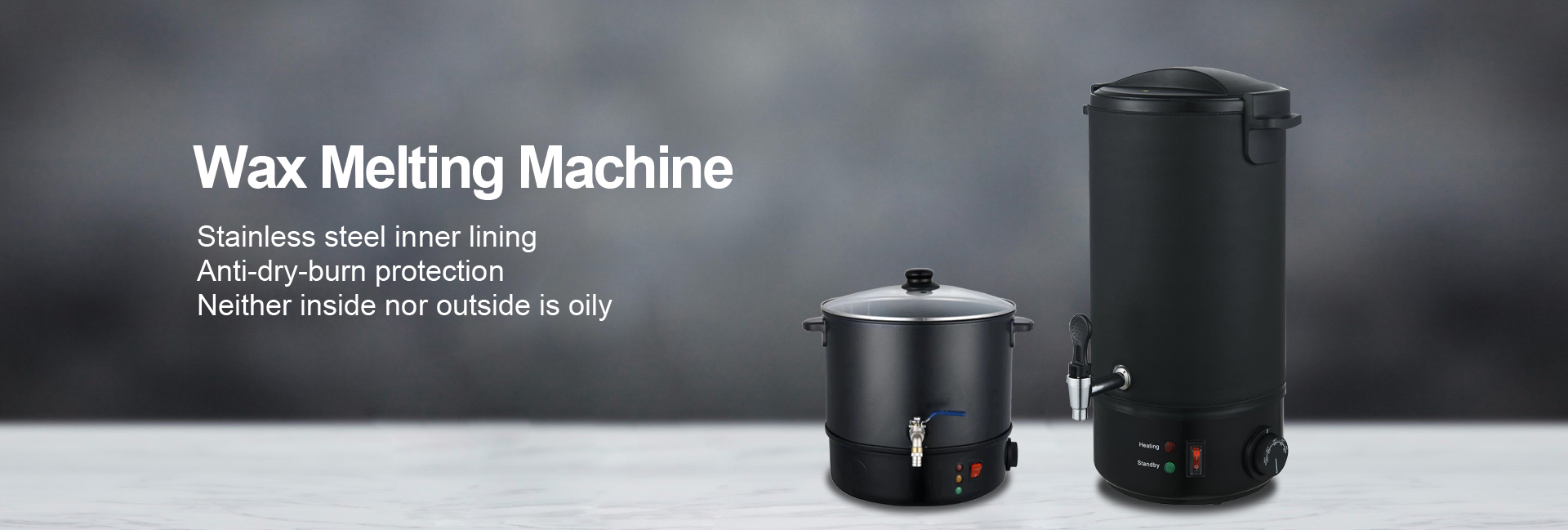News Categories
Dry-proof electric kettle principle
An electric kettle is a household appliance that is convenient for heating water quickly. In order to prevent dry burning and protect the safety of users, electric kettles usually adopt the following principles.
1. Temperature control principle: electric kettles are usually equipped with a temperature control device, such as a temperature sensor. When the water temperature in the kettle rises to a certain degree, the temperature sensor will sense and send a signal. This signal triggers the electrical system to cut off power and stop heating.
2. Automatic power off principle: The electric kettle is also equipped with an automatic power off device, such as thermistor. The thermistor senses changes in the temperature inside the kettle. When the water begins to boil, the temperature will rise sharply, the thermistor will immediately sense, and send a signal to the circuit system, so that the circuit system automatically power off, stop heating.
3. Dry burning protection principle: In order to prevent the kettle from continuing to heat in the absence of water, electric kettles usually use dry burning protection devices, such as thermistors. When there is no water in the kettle or the amount of water is too small, the thermistor will quickly sense and send a signal to tell the circuit system to stop heating. This can avoid the danger of burning the electric kettle and causing a fire.
4. Overheat protection principle: In order to prevent the heating element from overheating and damage, the electric kettle will also be equipped with overheat protection devices, such as temperature control switches. When the temperature of the heating element exceeds a certain limit, the temperature switch will automatically disconnect the circuit and stop the power supply. This can protect the safe operation of the heating element and extend the service life of the electric kettle.



